Current personnel (jump to past students or MSc interns)
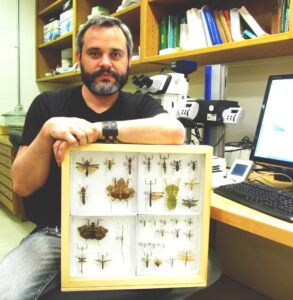 Julio RIVERA
Julio RIVERA
Post-doctoral associate and praying mantid systematist, Julio is working in collaboration with the Montreal Insectarium to study the praying mantids of the Brazilian Atlantic Rainforest. He is preparing a taxonomic revision of these charismatic insects and enlisting citizen scientists to photograph and document their diversity and distribution. He is participating in building machine vision applications to help identify these insects automatically and developing protocols so that some species can be reared and become long-term living exhibitions at the Insectarium.
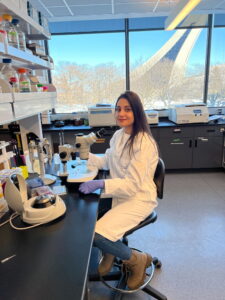 Malek KALBOUSSI
Malek KALBOUSSI
For her doctoral research, Malek is applying the high throughput DNA barcoding methods she developed during her master’s work. Co-supervised by Annie-Ève Gagnon at Agriculture and Agri-Food Canada, Malek seeks to understand if and how planted flower strips might harbour a diversity of insect natural enemies of lettuce crop pests. She is using meta-barcoding to measure both (1) the diversity and abundance of predators and parasitoids in the flower strips (2) and the identity of their prey and hosts. When these latter are aphids, she can use DNA sequences of the aphids’ obligate bacterial endosymbiont, Buchnera aphidicola; several of the most damaging insect pests of lettuce are indeed aphids, including the lettuce aphid Nasonovia ribisnigri.
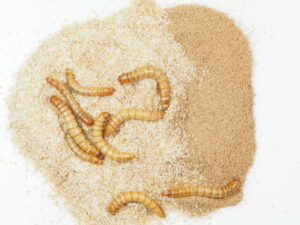 Chloé LOSIER
Chloé LOSIER
Master’s student Chloé is studying if different strains or varieties of mealworms, Tenebrio molitor, have differential resistance to bacterial pathogens. This insect pathology project started with an evaluation of the performance of different mealworm strains under different rearing conditions. If the strains have different performance outcomes based on abiotic conditions, how are those outcomes affected when the mealworms are stressed under disease conditions, and might some abiotic conditions reduce that stress? As insects in general and mealworms in particular become a more important food source for human and livestock consumption, the results of Chloé’s research will have implications for rearing practices on insect farms.
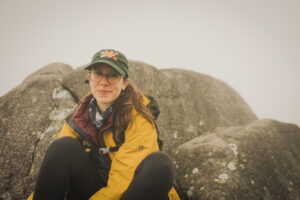 Catherine HÉBERT
Catherine HÉBERT
Catherine is a long-time member of the lab, having excelled across four undergraduate research internships, including publishing three aphid taxonomy papers, and exploring the diversity of parasitoid micro-Hymenoptera at the university’s Laurentian Biological Research Station. For her master’s research, Catherine is continuing that work, focusing specifically on diversity and taxonomy of the fairy wasps of Quebec. Measuring less than a millimetre in length, Mymaridae are among the smallest of all insects. As egg parasitoids, these tiny wasps punch above their weight, ecologically, helping control the populations of other insects, including agriculture and forestry pests.
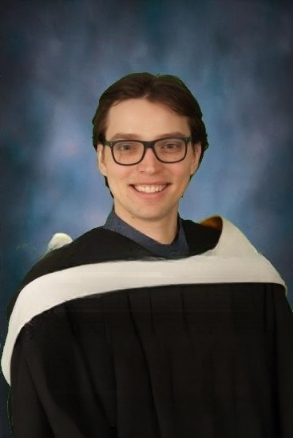 Marc-Antoine POULIN
Marc-Antoine POULIN
Marc-Antoine is working with Pierre Legendre to analyse a multi-year dataset of weevil observations from Barro Colorado Island in Panama. Over the course of over 15 years, tens of thousands of weevil specimens of thousands of species were collected and identified by Hector Barrios Velazco. Coupled with rich meteorological and botanical data, Marc-Antoine’s master’s research will evaluate trends in weevil temporal beta diversity.
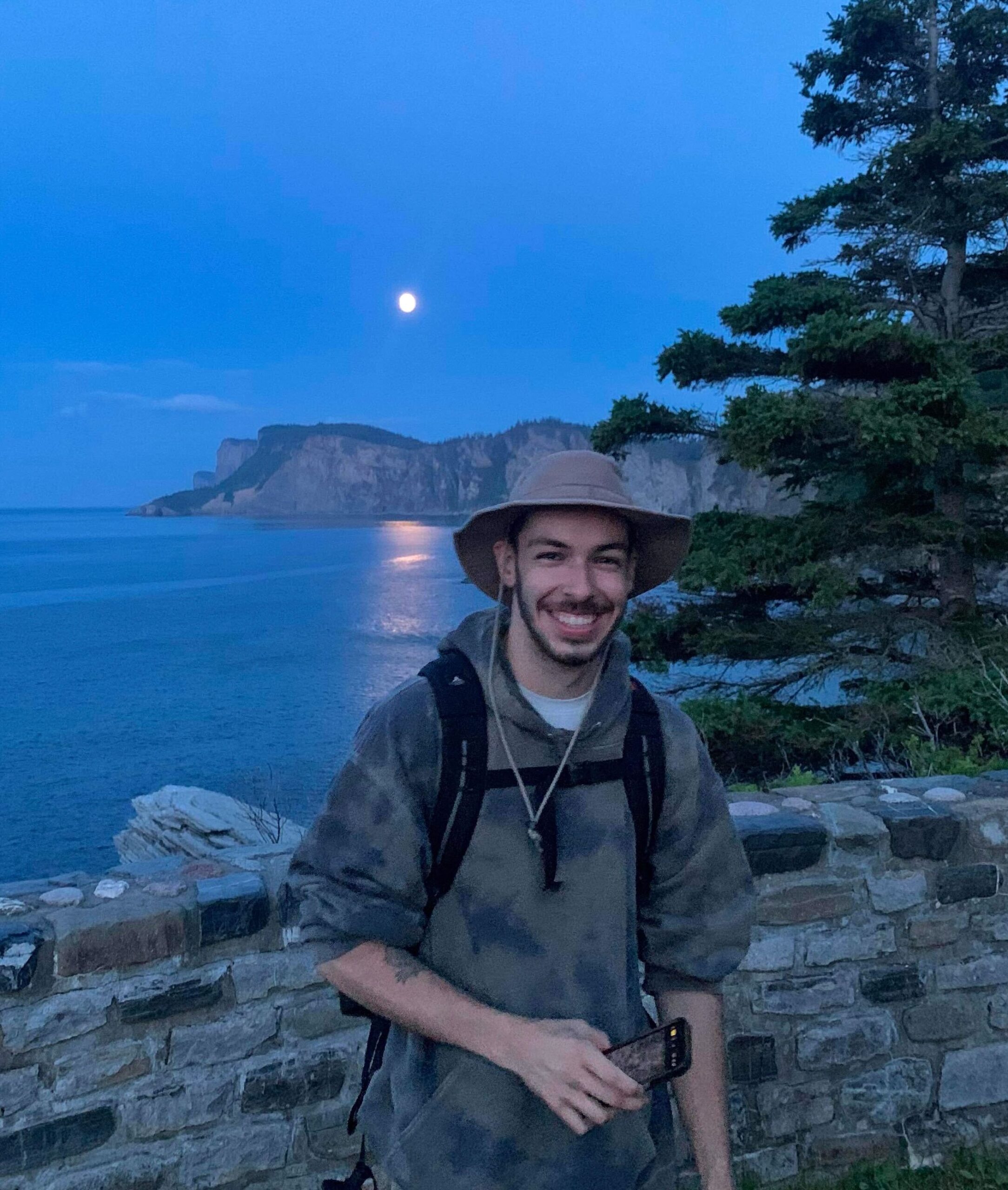 Xavier QUINTAL
Xavier QUINTAL
Xavier is working with Jean-Philippe Parent on mechanical insect pest management. For his master’s work, he’s evaluating how adding a source of vibration to greenhouse-grown agricultural plants might effect plant-feeding insect pests and their biological control agents. It has already been established that vibration hampers the ability of aphids to multiply and cause damage, but how might it affect the ability of parasitoids and predators to control the aphid populations?
Our graduates
 Malek KALBOUSSI
Malek KALBOUSSI
For her MSc project, Malek developed high-throughput DNA barcoding methods to treat hundreds of specimens at a time. In particular, so-called next-generation sequencing methods allow the treatment of a mixture of liquid samples and then the later de-multiplexing of the sequences on the computer (in silico). These methods permitted Malek to quantify and compare the insect diversity of different forest habitats. Her thesis is available at Papyrus.
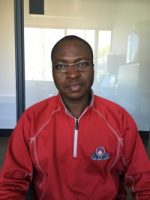 Élisée Emmanuel DABRÉ
Élisée Emmanuel DABRÉ
Arbuscular mycorrhizal fungi and rhizobium bacteria form symbioses with nearly 80% of plant species in a win-win partnership; they are sometimes used as living fertilizers in agricultural systems because of their effects on plant growth and nutrition. By modifying the physiology and chemistry of plants, the fungus can indirectly influence higher trophic levels, in particular the performance of phytophagous insects and their natural enemies (parasitoids and predators), pollinating insects, and more generally the composition of the insect community in ecosystems. Élisée’s PhD project sought to measure the effects of inoculations of soybean root-associated microorganisms on herbivore and predator and parasite populations and on the insect community as a whole. He (i) made an inventory of insects in fields of soybean inoculated with microorganisms; (ii) he evaluated the effects of microorganisms on the soybean aphid, Aphis glycines Matsumura; (iii) he assessed the impact of the same soybean root-associated microorganisms predators and parasitoids of the soybean aphid. His dissertation is available at Papyrus.
- Dabré ÉE, Lee SJ, Hijri M, Favret C. 2021. The effects of mycorrhizal colonization on phytophagous insects and their natural enemies in soybean fields. PLoS ONE, 16(9)(e0257712): 15 pp. DOI: 10.1371/journal.pone.0257712
- Dabré ÉE, Hijri M, Favret C. 2022. Influence on soybean aphid by the tripartite interaction between soybean, a rhizobium bacterium, and an arbuscular mycorrhizal fungus. Microorganisms, 10(6): 1196. DOI: 10.3390/microorganisms10061196
- Dabré ÉE, Brodeur J, Hijri M, Favret C. 2022. The effects of an arbuscular mycorrhizal fungus and rhizobium symbioses on soybean aphid mostly fail to propagate to the third trophic level. Microorganisms, 10(6): 1158. DOI: 10.3390/microorganisms10061158
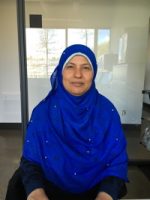 Adwa ABDOU ALI
Adwa ABDOU ALI
Date palm cultivation is a national agricultural priority in Djibouti but, new palm plantations have been subject to a growing number of pest species of insects and mites. Adwa’s MSc project saught to evaluate and compare the insect fauna of Djibouti’s traditional and modern date palms. She found that modern, monocultural palm groves harbour more potentially harmful insects specialists of date palm, but that traditional, polycultural palm groves harbour a greater abundance of generalist potential pests. She also studied the diversity of beneficial insects in the two types of orchards. There, the results were more nuanced, but she still found that the Hymenoptera communities of monocultural palm groves were more homogeneous among themselves than those of traditional palm groves. Adwa’s thesis is available on Papyrus.
 Thomas THÉRY
Thomas THÉRY
Thomas’s PhD dissertation examines the evolution and speciation of Essigella, an aphid genus found on conifers, especially true pines. All the species are North American, but one, Essigella californica (Essig), is now established in several other countries causing significant loss in plantations. Among other methods, Thomas used mitochondrial and nuclear DNA sequence data, as well as that of the obligate bacterial symbiont, Buchnera aphidicola (Wikipedia). He finished in 2018 with three nice publications, but along they way, Thomas also distinguished himself in many ways, including winning the University of Montreal’s Chancelor’s prize for excellence in teaching.
- Théry T, Kanturski M, Favret C. 2018. Molecular data and species diagnosis in Essigella Del Guercio, 1909 (Sternorrhyncha, Aphididae, Lachninae). ZooKeys, 765: 103-122. DOI: 10.3897/zookeys.765.24144
- Théry T, Kanturski M, Favret C. 2018. Molecular phylogenetic analysis and species delimitation in the pine needle-feeding aphid genus Essigella (Hemiptera, Sternorrhyncha, Aphididae). Insect Systematics and Diversity, 2(4):1;1-15. DOI: 10.1093/isd/ixy006
- Théry T, Brockerhoff EG, Carnegie AJ, Chen Rui, Elms SR, Hullé M, Glatz R, Ortego J, Qiao Gexia, Turpeau É, Favret C. 2017. EF-1α DNA sequences indicate multiple origins of introduced populations of Essigella californica (Hemiptera, Aphididae). Journal of Economic Entomology, 110(3): 1269-1274. DOI: 10.1093/jee/tox026
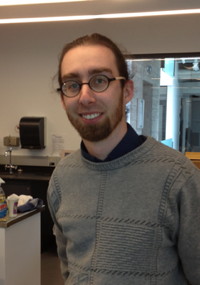
Alexandre LEBLANC
Received his MSc at the end of 2016, on the ecology of parasitoids and hyperparasitoids of the soybean aphid. His primary research advisor was Jacques Brodeur. His thesis is available on Papyrus.
MSc interns in special programs
Khaled SALHI: master’s in quantitative and computational biology in 2025.
Vincent BÉLANGER: master’s in quantitative and computational biology in 2024.
Safa CHEMKHI: master’s in environment and sustainable development in 2024.
Zachary BÉLISLE: master’s in quantitative and computational biology in 2024.
Sabrina ST-PIERRE: master’s in quantitative and computational biology in 2023.
Florence AUBUCHON: master’s in environment and sustainable development in 2023.
Minh-Tan NGUYEN: master’s in environment and sustainable development in 2023.
Laurent SIMON: master’s in quantitative and computational biology in 2023.
Mehdi OUAZZANI TOUHAMI: master’s in environment and sustainable development in 2022.
Vincent LESSARD: master’s in quantitative and computational biology in 2018. His work contributed to a nice article on which Vincent was an author. For his second internship, Vincent contributed to an important set of data published in 2020.